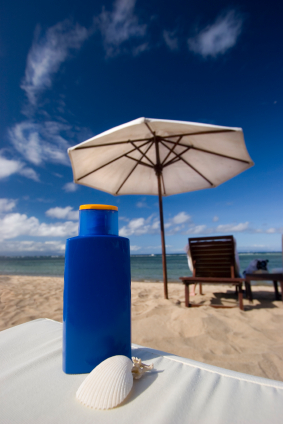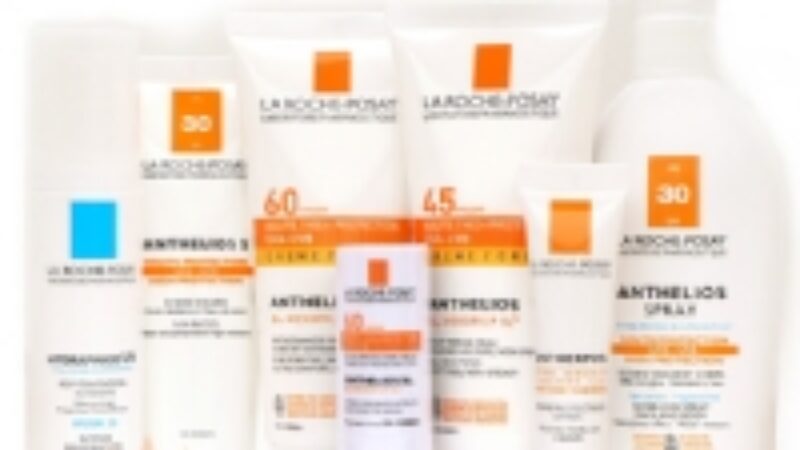I’ve been taking a lot of flack of late about my tweets regarding the use of sunscreen every day. When we think of sunscreen, most individuals associate its use with preventing sunburn so its probably not surprising that I’m being called to task for suggesting its use year round. However, what many people don’t realize is that the sun’s rays (both UVA and UVB) are responsible for over 80% of skin aging. So when I advocate sunscreen use during the winter, I’m not suggesting you use it to prevent sunburn – that’s not going to happen in the winter (at least not where I live). I’m recommending its use to keep skin looking young and healthy for years to come.
Not All Rays Are Created Equally
In order to appreciate why sunscreen must be used year round, it’s important to understand that the sun gives off 3 types of ultraviolet (UV) rays. They differ in several ways:
- UVA rays – UVA rays measure 320 to 400 nanometers (longer than UVB rays) and penetrate deeper into our skin than UVB rays. They are prevalent year round (summer and winter) and can pass through windows and light clothing. You are exposed to them even on the darkiest, gloomiest day. Less likely to cause sunburns, UVA rays are more associated with Aging skin. Prolonged exposure leads to breakdown of collagen and elastin, which give skin its elasticity and strength. Long term unprotected exposure to UVA rays will lead to fine lines, wrinkles and saggy, leathery skin. They also contribute to some types of skin cancers, including melanoma.
- UVB rays – UVB rays are short ultraviolet rays of 290-320 nanometers. Associated primarily with Burning, they are prevalent in summer, responsible for Vitamin D production and stimulate the production of melanin (skin’s pigment) leading to both tanned skin and sunburn. They aren’t around much in the winter, which is why you don’t have to worry about sunburn. It’s also the reason why most health care professionals recommend that you supplement with Vitamin D in the winter; there just aren’t enough UVB rays to help with Vitamin D synthesis. Long term, unprotected exposure to UVB rays are linked with many types of skin cancers including basal and squamous cell carcinomas and melanoma.
- UVC rays – UVC rays tend to burn off before they hit the Earth’s atmosphere. We generally don’t need to be concerned about them.
So when I recommend sunscreen in the winter, it’s to help protect against UVA rays. When it comes to wellness (and your skin is included too), prevention should be your first strategy. Managing your exposure to the sun – and sunscreen is one strategy to help you achieve this – should be the first step in your anti aging skin care regimen.
Choose from our extensive selection of effective Anthelios sunscreens, Ombrelle sunscreens and physical/natural sunscreens at PhaMix.



